How To Grow Pink Jasmine Vine
People love Pink Jasmine, aka Jasminum polyanthum, because of its strong, sweet scent and abundance of blooms. I bet you’ve already seen it flowering like crazy around your town and are wondering how to grow Pink Jasmine Vine so that you too can also enjoy that delightful aroma. After all, who doesn’t want a plant that gets madly covered in scented blooms?
And that is what makes this jasmine a crowd pleaser – that abundance of starry white blooms in clusters. The vine gets covered with so many blooms that you can’t even see the foliage. The Pink Jasmine Vine’s a very popular landscaping plant because it’s easy to find, grows fast and is easy to care for. For landscaping, it’s very versatile. It can be seen on trellis’ (which they fast outgrow), walls, arbors, and chain link fences as well as growing up into trees and phone poles.
Here are some tips on how to grow Pink Jasmine Vine so that you can start enjoying its virtues:
Size
This twining vine can grow up to 25 feet; it’s not a small scale plant. If you’re looking for an accent in your garden this one’s not for you as you’ll need to give it room to grow. Pink Jasmine Vine grows fast, dense and will attach to anything close by. Don’t plant it next to a tree because it’ll crawl up into & could eventually take it over.
This vine won’t attach itself to a wall – it’s not a clinging vine like the English Ivy. Because it’s a twining vine, you’ll need to give it a means of support and training. This is big fast growing vine, so if you’re planting more than 1, space them about 10 feet apart.
This is what can happen if you let your jasmine grow with no control. And this one’s planted in a pot!
Best light conditions for your Pink Jasmine:
Pink Jasmine needs a minimum of 4-5 hours of sun daily. It’ll grow in the shade also but will look leggy & won’t flower. This would have no appeal. Part sun will do as long as it’s nice & bright. On the coast it can take full sun. If inland, it needs protection from the hot sun or it’ll burn (not to mention the fact you’ll need to give it more water).
If you’re in a colder coastal zone, you might consider planting it in front of south or west facing wall to give the vine additional warmth.
Hardiness:
It’s hardy to 10-15 degrees. That would be to USDA Climate zone 8. In climates on the colder end of that scale, it becomes semi-deciduous & starts dropping some leaves.
How often to water your Pink Jasmine vine:
Watering always depends on your climate, humidity & soil conditions. As a general rule, Pink Jasmine needs to be watered regularly. It can go drier once established but will appreciate & look better if deeply watered every 2 weeks. During the colder months water your Pink Jasmine once you see the soil is drying out. Like all plants, it needs less water during this season & you want to avoid root rot (if your soil is drains well, then you have to worry about this less).
While your Jasmine is establishing, the 1st year or 2 after planting, you need to water it more often. This will promote a healthier root system that will make the plant more resistant in years to come.
Fertilizing:
Pink Jasmine isn’t fussy & really doesn’t need it. I’ve found applying a good dose of organic compost once a year (in late winter/early spring) will make it happy. If you’re the kind of gardener who loves to fertilize, then do so during spring to encourage flowering & growth with an evenly balanced fertilizer like 10-10-10 or 15-15-15.
Pests:
I haven’t seen this plant be bothered by too many pests. Aphids could be an issue, especially in spring on the tender new growth, but you can easily spray them off with the garden hose. If mealy bugs or spider mites appear, you can control these with insecticidal soap or horticultural oil.
Soil:
Pink Jasmine isn’t too fussy about its soil condition. Just make sure the soil is loose & well drained – a loamy soil is best. I always plant everything with a good dose of compost. If you’re planting this vine in a container, the use a good quality, organic potting soil.
Flowering:
If you want to get lots of flowers, then give it plenty of sun (not hot scorching sun because it’ll burn). Pink Jasmine blooms only once a year in late winter/spring. You might an an occasional bloom in the summer too.
So, enjoy the sweetly scented blooms while they last! I love the pink buds (hence the common name) & love how they look in bouquets. This plant is also very popular with butterflies & hummingbirds.
Pruning:
Because Pink Jasmine is a vigorous grower, you’ll have to do some pruning to to keep it from taking over. So, you’ll need to prune regularly thru out the year.
As I said, it’s a dense growing vine & grows back on itself (it literally flops over) if there’s nothing for it to grab onto. In other words, it smothers itself & then needs to be cut almost cut the way back. For this reason, it’s best to keep up with the trimming.
Those masses of pretty blooms don’t last forever, & once they die, can make the Jasmine look pretty sad. This is why a good pruning pruning after the flowers die is recommended as this will keep it looking neater. Be sure to keep your pruners clean and sharp!
You can already see some of the dying flowers in this Pink Jasmine. Now imagine when all of them are dead. Yes, you’ll want to prune that out.
Jasmine as a container plant:
You can also grow Pink Jasmine Vine in a container. If you go this route, be sure it has a big pot to give the roots room to grow. As a houseplant, it’s often sold on rings or globes when flowering. I’ve used it for weddings & parties but haven’t grown it as a houseplant for the long haul. It would need good, strong sun & regular water. It’s also sold in hanging baskets which are fine for 1 season & then need transplanting.
Please share your experience with this pretty twining vine in the comments below. I love reading about your gardening adventures.
If you’re looking for more twining vines you can also check out: A Plant With Major Attitude: Cup Of Gold Vine (Solandra maxima) and Stephanotis Vine Care.
Happy gardening & thanks for stopping by,

YOU MAY ALSO ENJOY:
- Things You Need To Know About Bougainvillea Plant Care
- Bougainvillea Pruning Tips: Everything You Need To Know
- Bougainvillea Winter Care Tips
This post may contain affiliate links, you can read our policies here.
- About the Author
- Latest Posts
Nell, the founder of Joy Us garden, was born into a gardening family and grew up in Connecticut’s countryside. After living in Boston, New York, San Francisco, & Santa Barbara, she now calls the Arizona desert home. She studied horticulture & garden design, working in the field all her life. Nell is a gardener, designer, blogger, Youtube creator, & author. She’s been gardening for a very long time & wants to share what she’s learned with you.
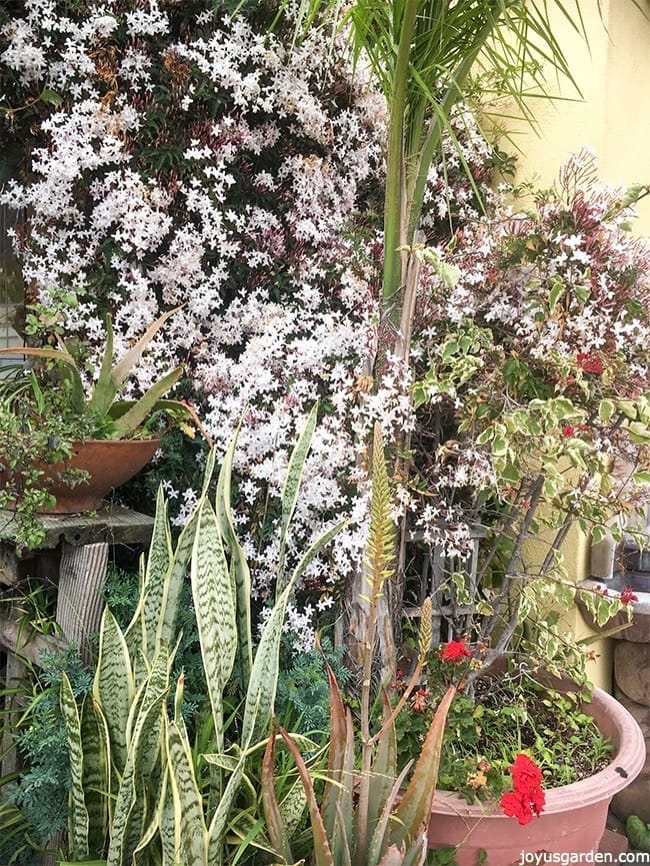
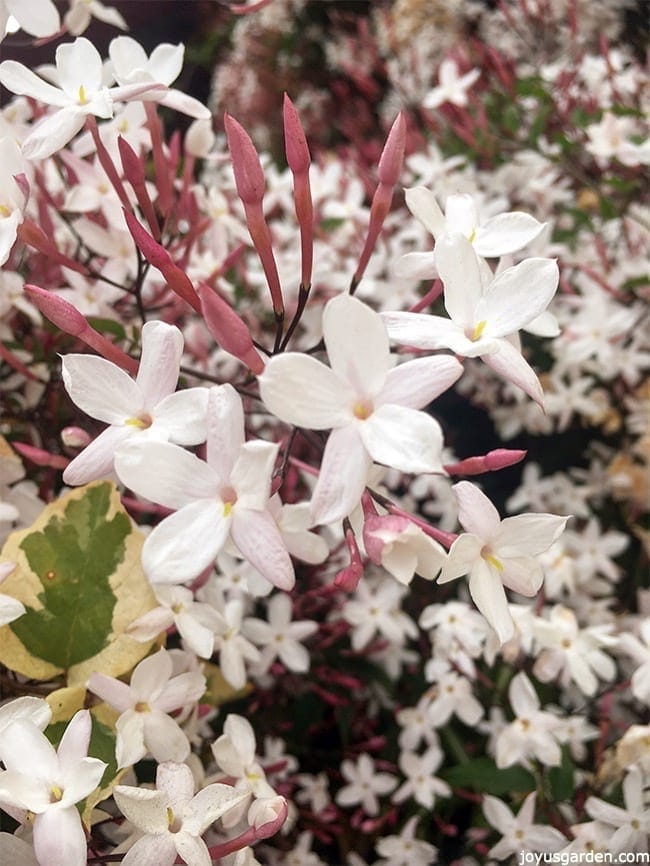
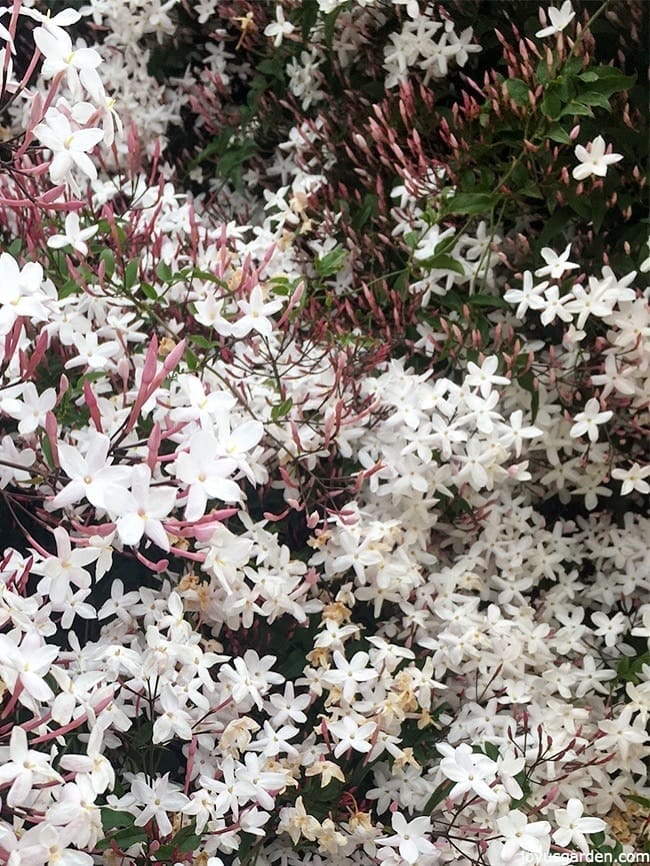
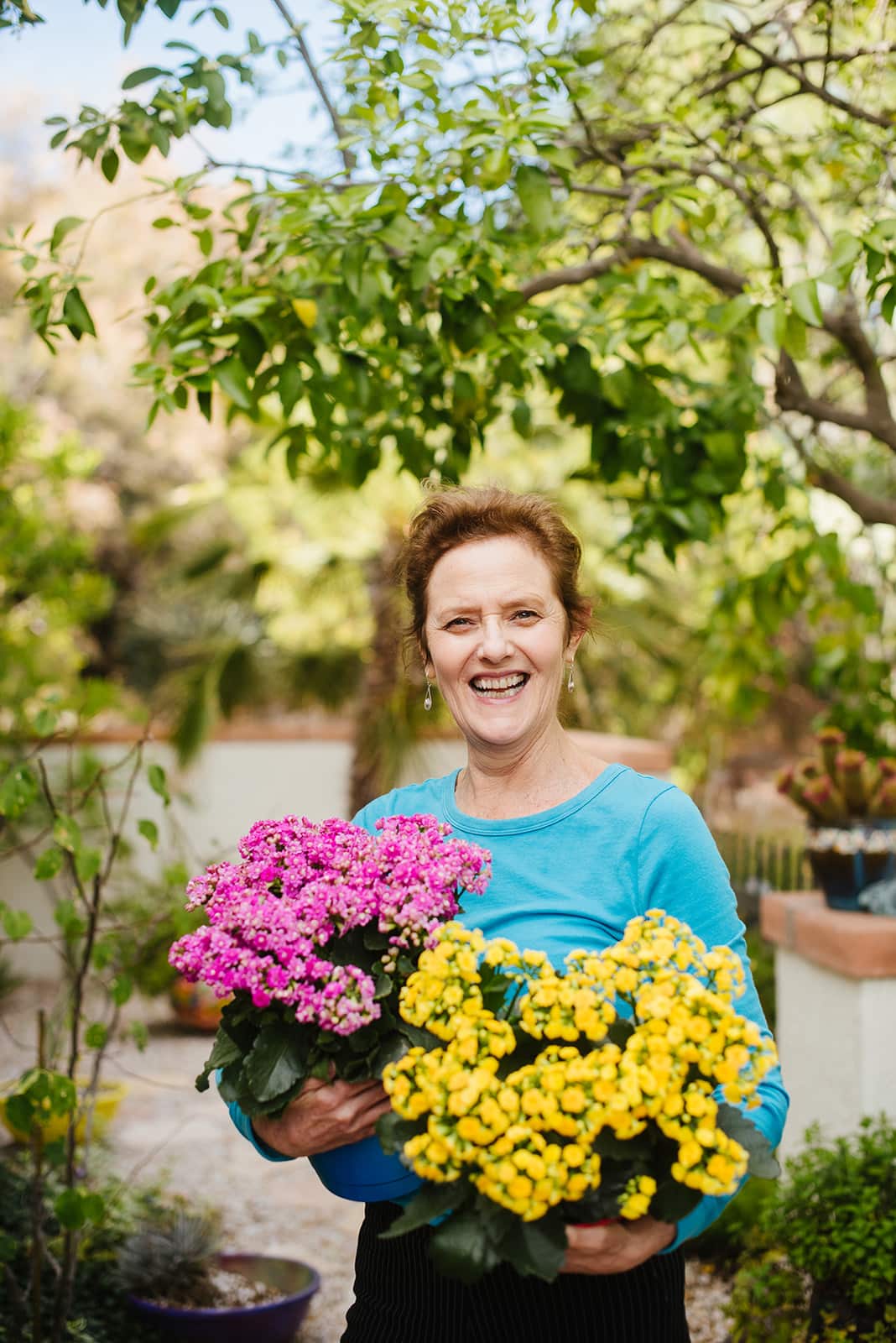
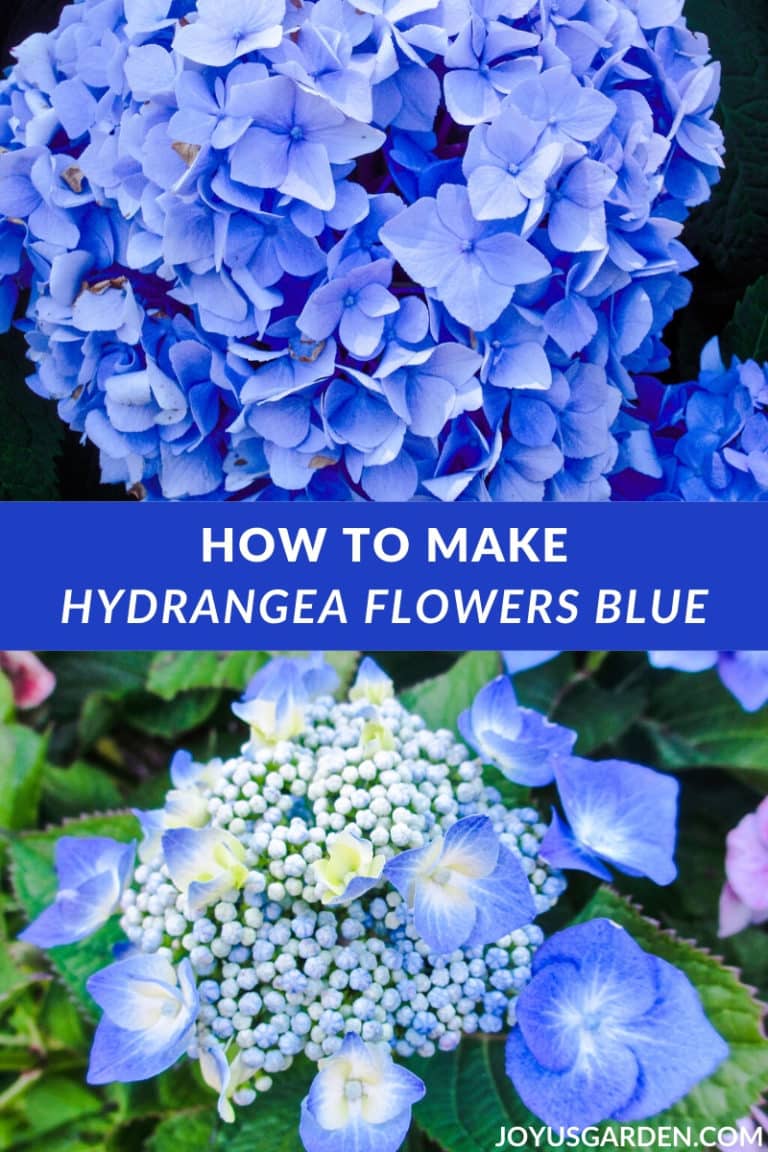
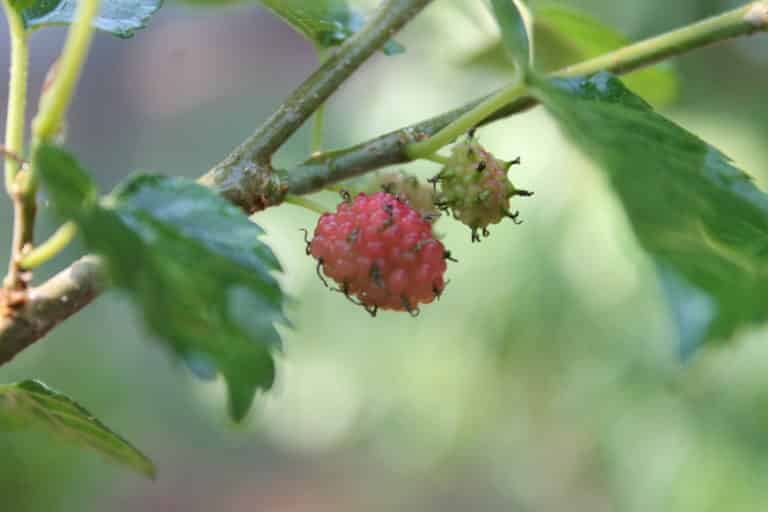
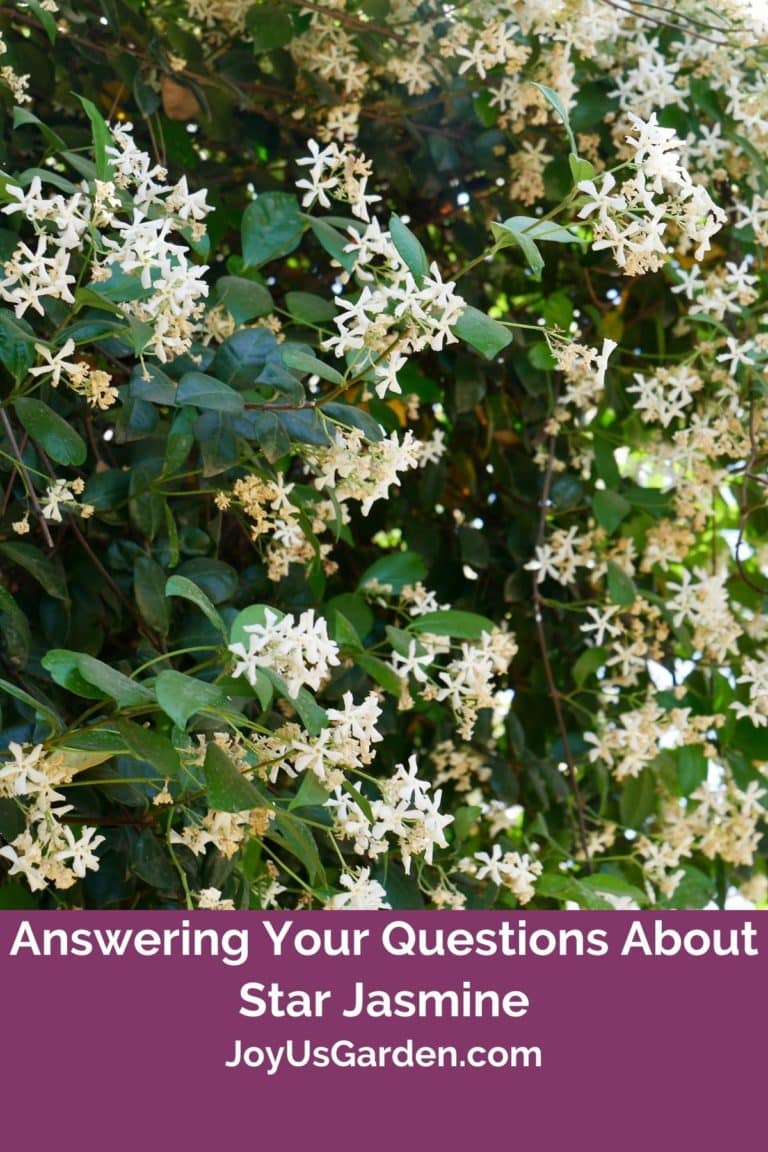
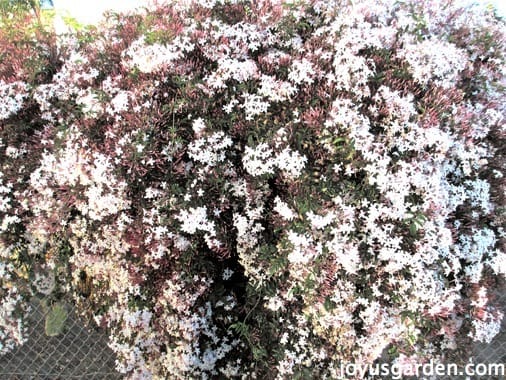
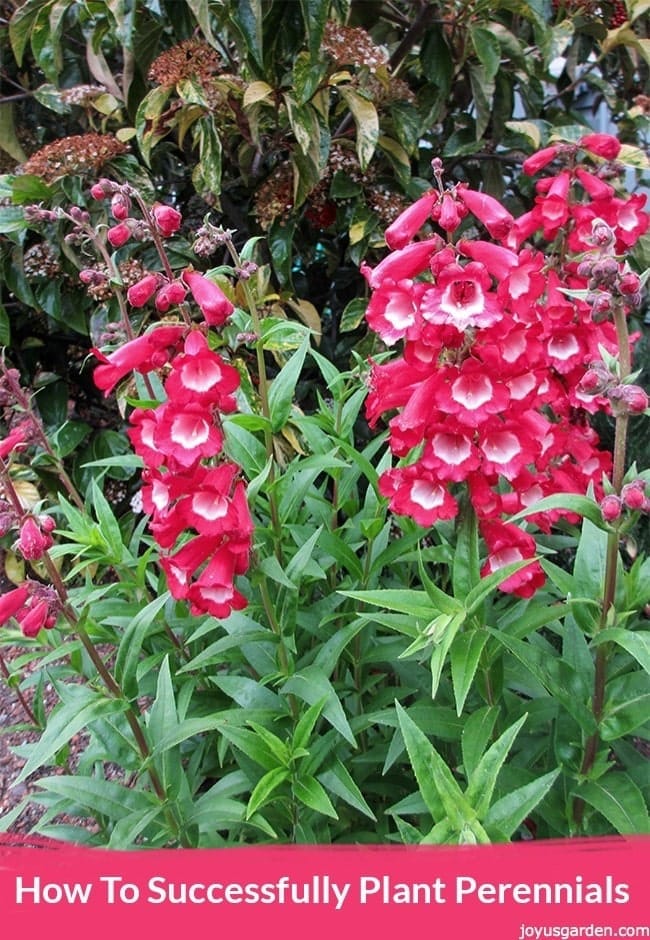
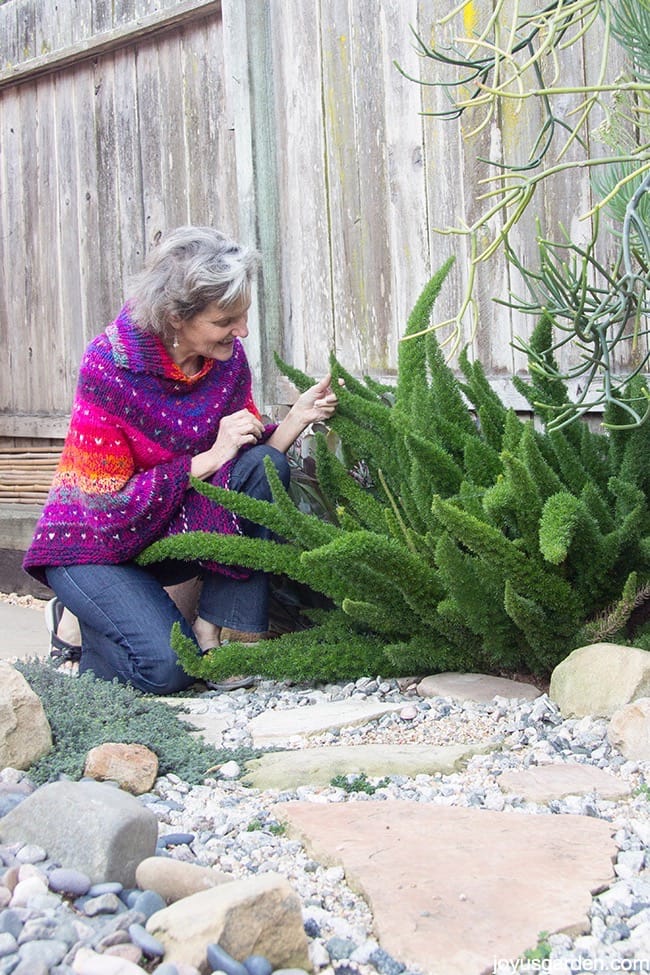

I live in the Oklahoma City Metro Area, Zone 7. I mentioned to my mom that I was thinking about planting some Jasmine; I was intending to buy something hardy to zone 7. However, my mom went to Home Depot and purchased two Jasminum Polyanthum plants and gave them to me as a gift. I planted them today. Do you think I will be able to keep them alive through the winter? Or should I bring some of it inside in pots for the winter? Or should I give up and plant a hardier variety of jasmine next spring?
Robin – They’re hardy to zone 8. Jasmine can be tricky to keep alive indoors. You can look into Hardy Jasmine & Winter Jasmine. Nell
Hi – this is so helpful. Thank you!
I have some of this in my backyard and I’m now realizing it is growing all over a tree I have. Should I prune this? Should I just cut it all away from the tree?
Karen – You’re welcome! Depending on the type & size of the tree, it could eventually smother out some of the foliage. Nell